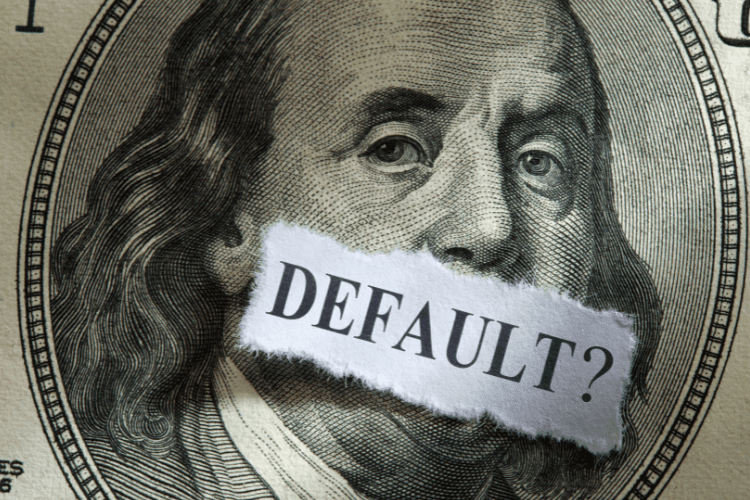The US Debt-Ceiling “X-Date” Could Come As Early As June 1st

With June 1st only a couple of weeks away, we are slowly inching closer to the first default in the country’s history.
In a recent letter by Treasury Secretary Janet Yellen, a US default would cause serious harm to the country’s financial system. Global markets would tank, millions would lose jobs, and the economy would take a massive hit if Congress didn’t pass something before the deadline.
So are we actually on the brink of a financial meltdown?
Let’s break it down and see what’s really going on.
The Recent US Debt Ceiling Explained
The US debt ceiling is like having a credit limit on a far bigger scale. It’s the maximum amount of money that the US government can borrow to pay its debts and keep itself afloat.
Each time the government reaches the maximum debt ceiling, Congress gets together to pass a new debt ceiling to ensure they have enough money.
However, we’ve seen quite a few standoffs in recent years where we’ve only been days away from going bankrupt, like during the 2011 crisis.
In many ways, the debt ceiling standoff is similar to others we’ve had. But unlike previous ones, our debt has reached a whopping $31.7 trillion and continues to grow daily.
If the stalemate continues, the government won’t be able to borrow any more money, leading to one of the biggest financial crashes in decades.
Why Are Debt Ceiling Standoffs So Common Nowadays?
Since 1960, we’ve raised the debt ceiling 78 times. Raising the debt used to be business as usual. Both parties would pass any necessary changes without any issues.
But now, the debt ceiling has become more of a political tool. The opposing party uses the threat of default to get some of its political policies passed without considering the long-term effects of its actions.
While the US never defaulted in 2011, the S&P downgraded its credit rating from a perfect AAA rating to AA+. The mere thought of a financial meltdown was enough to rattle the country’s financial system.
All of this could have been avoided if both sides of the aisle put their differences aside and not put the economy in jeopardy.
What Would Happen If The US Defaulted On Its Debt?
There’s no sugar-coating this–a US default would be a mess. Here’s a quick rundown of what would happen if something a scenario like this became a reality:
- Global financial markets could be destabilized and cause a worldwide financial panic
- Interest rates would be higher than you’d ever seen before
- The US dollar’s overall value would almost disappear overnight
- We’d have a recession far worse than 2008 and lose millions of jobs
- Stock markets and US bond prices would plummet
Everyone would lose a massive portion of their wealth overnight, from multimillion-dollar companies to the average worker.
Are We Heading For A Default?
Now for the tricky question: Are we headed toward a full-blown default this time?
It’s hard to say.
On one end, polarization levels are the highest in the developed world, and this trend doesn’t seem to be stopping any time soon. But the stakes are way too high for any political party or leader to be responsible for the financial meltdown that would happen.
To avoid disaster, Congress usually comes up with a last-minute deal or extension to keep everything running as usual.
The Bottom Line
The debt ceiling standoff may seem like the government’s problem, but it affects everyone, including you. Whether it’s higher interest rates, losing your job, or the country’s financial reputation, a lot’s riding on the White House’s decision.
All we can do is hope our lawmakers can come together and reach an agreement quickly to avoid unwanted surprises.
Read More:










